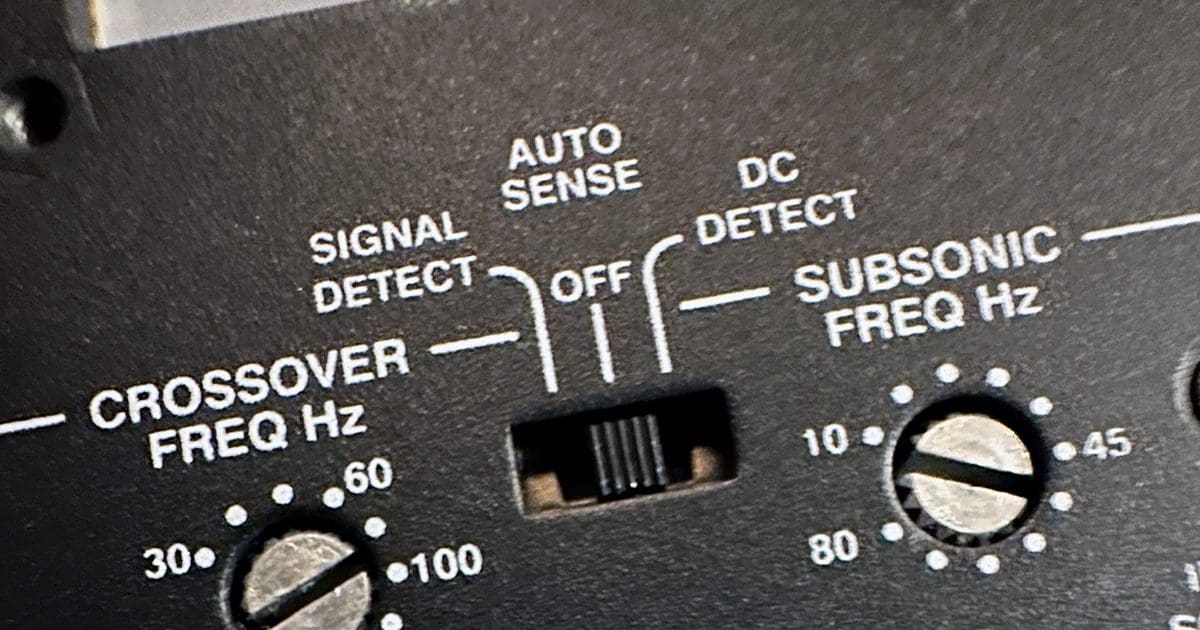If you’ve ever considered upgrading a factory-installed audio system with an amplifier, then there will have to be a discussion about a suitable amplifier turn-on solution. Aftermarket radios have a wire in their harness with 12 volts when the unit is on. This wire connects to the remote turn-on input on an aftermarket amplifier. The voltage on this wire tells the aftermarket amplifier to turn on. Unfortunately, in 99.9% of audio system upgrades that use a factory-installed radio, this wire doesn’t exist. However, many aftermarket amplifiers and line output converters include circuitry that can turn the amp on. This article will discuss the two most common types of remote turn-on circuitry.
The Purpose of Automatic Remote Turn-on Circuitry
As mentioned above, all aftermarket car audio, motorcycle, powersports and marine amplifiers need a 12-volt signal on the remote terminal for the amplifier to turn on. Without getting too technical, the signal feeds the pulse width modulator driver that controls the power supply in the amplifier. When the driver IC receives this turn-on signal, it modulates the power supply switching devices, and the amplifier comes to life. At this point, the amplifier starts to consume moderate amounts of power – often in the 1- to 2-amp range, even if no audio is playing. If an amplifier were in this state with the engine not running and the alternator not charging, the vehicle battery would die in a day or two.
Automatic remote turn-on circuitry monitors voltages on the speaker wire outputs of a radio and produces a 12-volt output when the radio turns on.
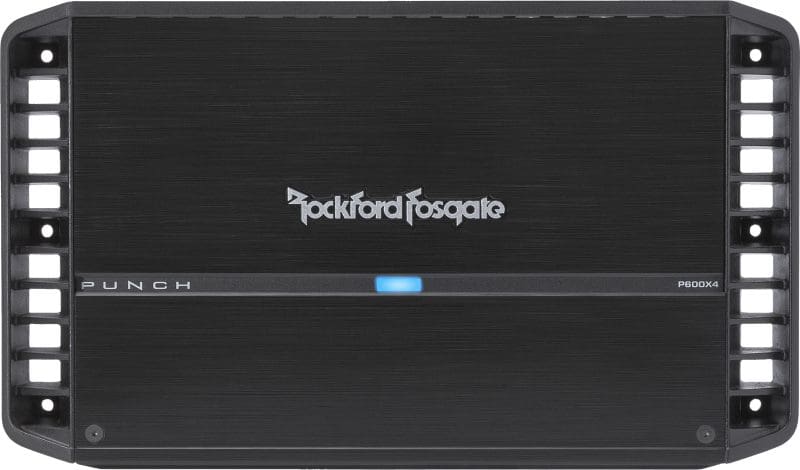
Signal Detection Remote Turn-On
The first type of automatic remote turn-on circuitry we’ll discuss is designed to detect an audio signal. When the factory-installed source unit starts playing music, it will produce an alternating current signal on the speaker wires. The remote turn-on circuit looks for this AC signal and, when detected, activates its output.
Unfortunately, there are three drawbacks to this type of turn-on detection circuit. First, the volume on the radio needs to be at a moderate level for the signal to be detected. If your factory radio is at a volume level of one or two, there might not be enough voltage for the circuit to activate the amplifier.
Second, if there is a long period of silence in the music, the amplifier may shut off. Most of these circuits include a time delay so that the signal remains active for a short time to help prevent the above scenario.
The last issue with signal-detection circuits is that they can be fooled by the signal a speaker produces when the cone moves. For example, when you close a vehicle door, trunk or hatch, there’s a brief moment where the air in the cabin pressurizes. This pressurization can push down on the speaker cones, producing a voltage on the speaker wires. If the signal detection circuit decides this is audio, it will turn the system’s amplifiers on. The circuit will shut down again after its time-out has passed.
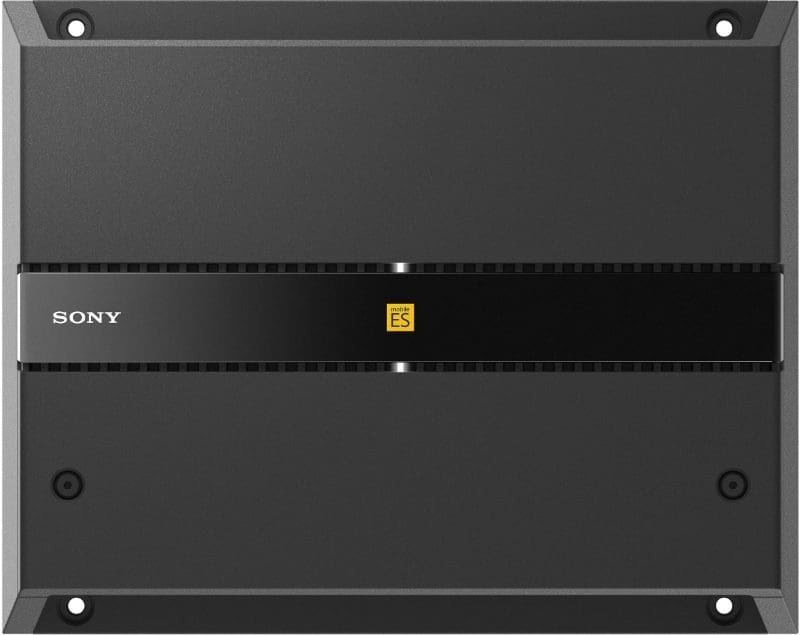
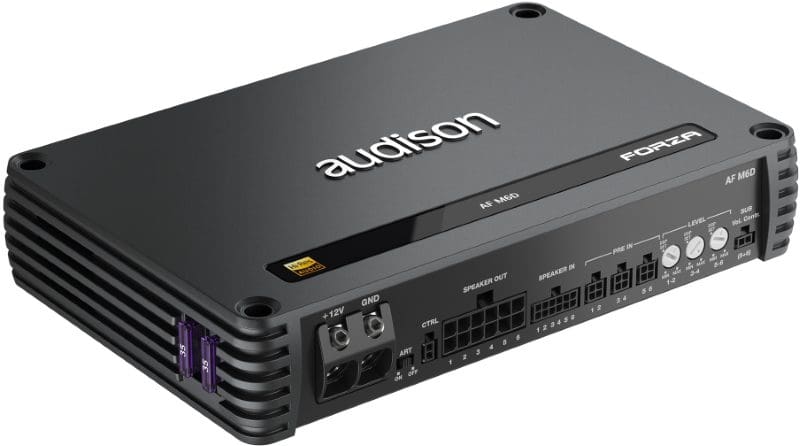
DC-Offset Detection Circuits
The second type of circuit detects the presence of a DC voltage on the speaker wires. Most low-power radios use an output device configuration called a bridge-tied load, or BTL for short. In these configurations, both speaker wires (for each speaker) have a fixed DC voltage of around 5 or 6 volts. As the voltage is common to both wires, it doesn’t result in the current flow through the voice coil, so the speaker cone doesn’t move. However, when audio starts playing, the voltage on one speaker wire will go positive, and the other will go negative, then alternate on the other half of the waveform. The remote turn-on circuit looks for the presence of this DC voltage when the radio turns on. Once detected, it activates the output for the amplifier.
The only drawback of DC offset voltage detection is that some factory-installed amplifiers don’t use this output type. So if the amp is single-ended (or, more specifically, not a BTL design), DC offset detection circuitry won’t work.
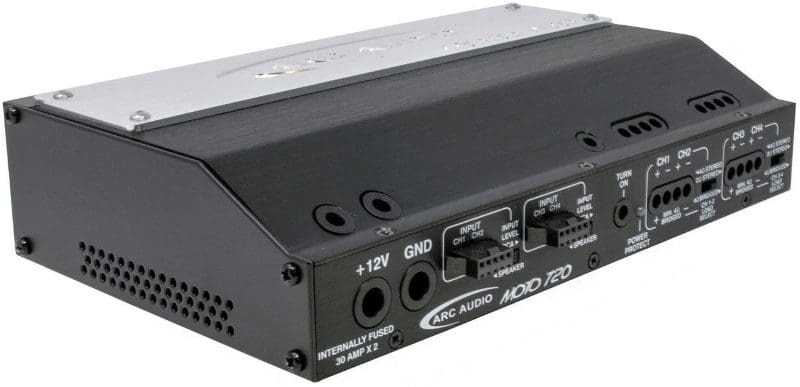
Which Amplifier Turn-On System Should You Use?
If you’re wondering which solution is best, the answer is the DC offset detection. If the audio system in your vehicle doesn’t work with DC offset detection, then your installer’s only choice is to use signal detection.
When it’s time to upgrade the audio system in your car, motorcycle, boat or powersports vehicle with an amplifier, drop by a local specialty mobile enhancement retailer and talk with them about the options available. They can perform some simple tests during the installation process to ensure that the upgrades will work seamlessly with your factory radio and that your music will sound great.
